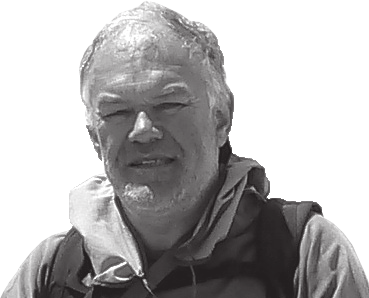How our family tries to lead a CO2-neutral life
A family of four sits at the table having dinner. As they do, the two adults talk to the children about a somewhat boring topic: climate change. Their 13-year-old daughter had come home from school, had sat down at the computer and played with the WWF’s footprint calculator. She wanted to work out her family’s ecological footprint. The result for this four-person household: 42 tonnes of CO2 per year. The evening’s discussion gradually develops into a family project. Each of them wants to actively save on CO2 emissions in order to help slow down climate change. Would fewer car drivers help? Or eating less meat? Or not flying on holiday any more? They have a look at their lives, “warts and all”, and what they would have to change and how they can buy their way out. But then they quickly realise that buying their way out doesn’t work. It gets interesting at precisely the moment they start to scrutinise one another.
Of course, you can simply ignore climate change, like the dangers of smoking. The illness is known as “cognitive dissonance”. This is the discrepancy between one’s knowledge and one’s own behaviour, and it describes self-deception.
The book is wonderfully humorous and becomes more and more informative. It shows how a family struggles over every kilo of CO2, in a society where there may be a lot of talk, but where people hardly change anything concrete in themselves. Within a year – from January to December – they get serious. They start to question their lifestyle and to change it step by step: they no longer fly on holiday, no longer buy any clothes from the Far East, only buy regionally produced foods, avoid driving and instead travel by bike and bus. They start to see their world through different eyes…
 Petra Pinzler & Günther Wessel | Droemer, 2018 | €18 (301 Pages)
Petra Pinzler & Günther Wessel | Droemer, 2018 | €18 (301 Pages)
 Eco123 Revista da Economia e Ecologia
Eco123 Revista da Economia e Ecologia


